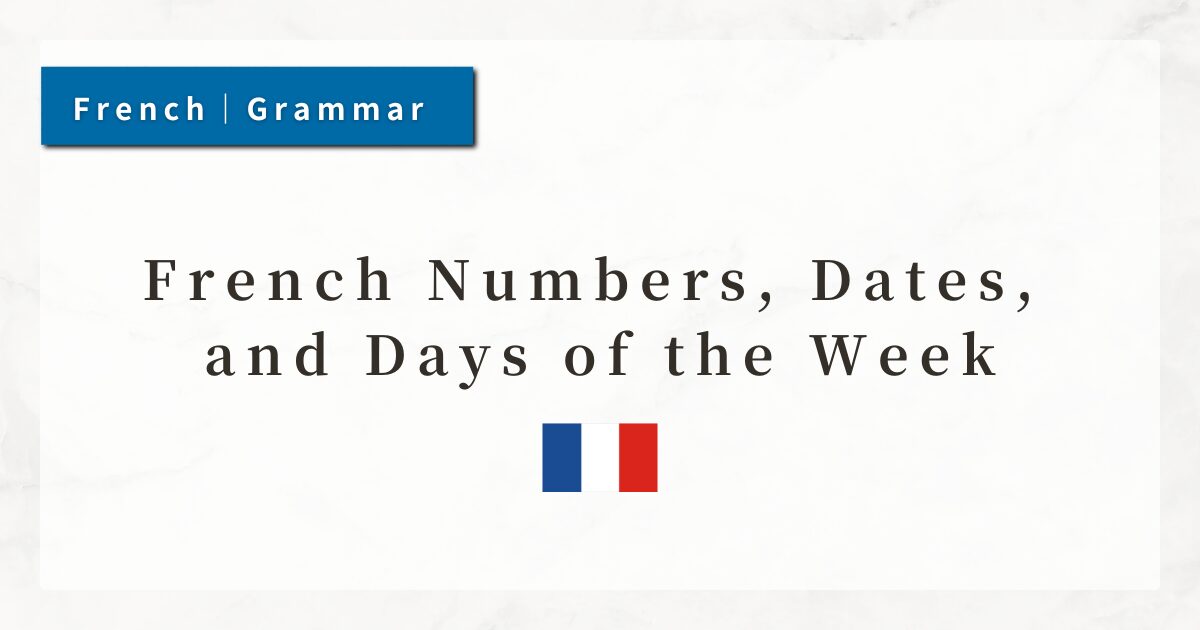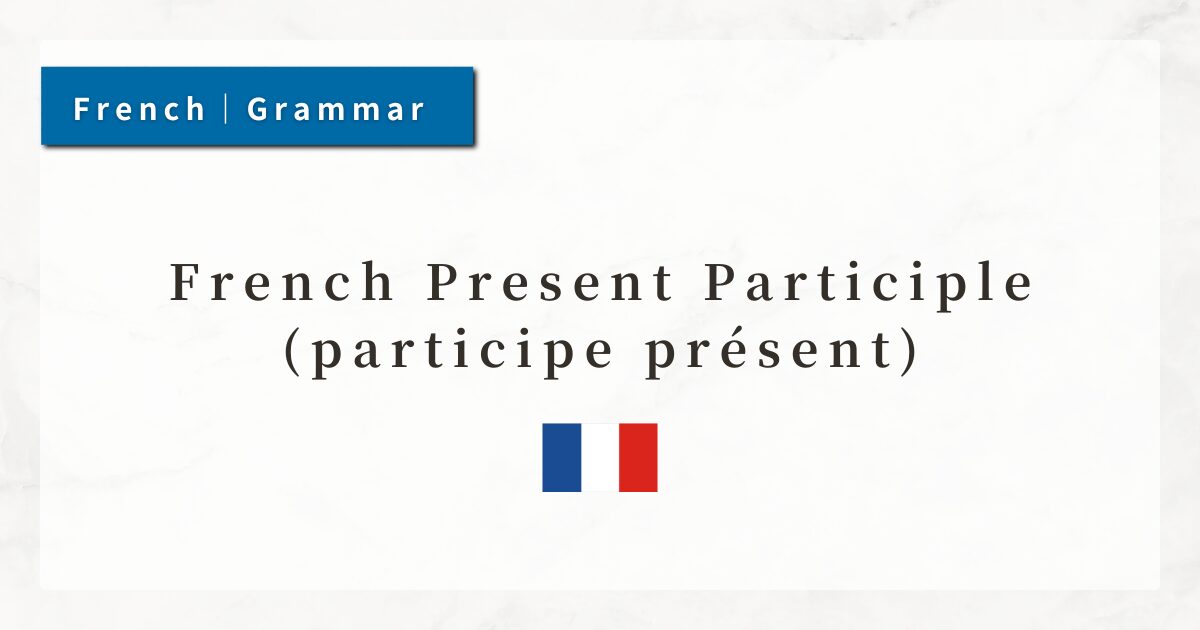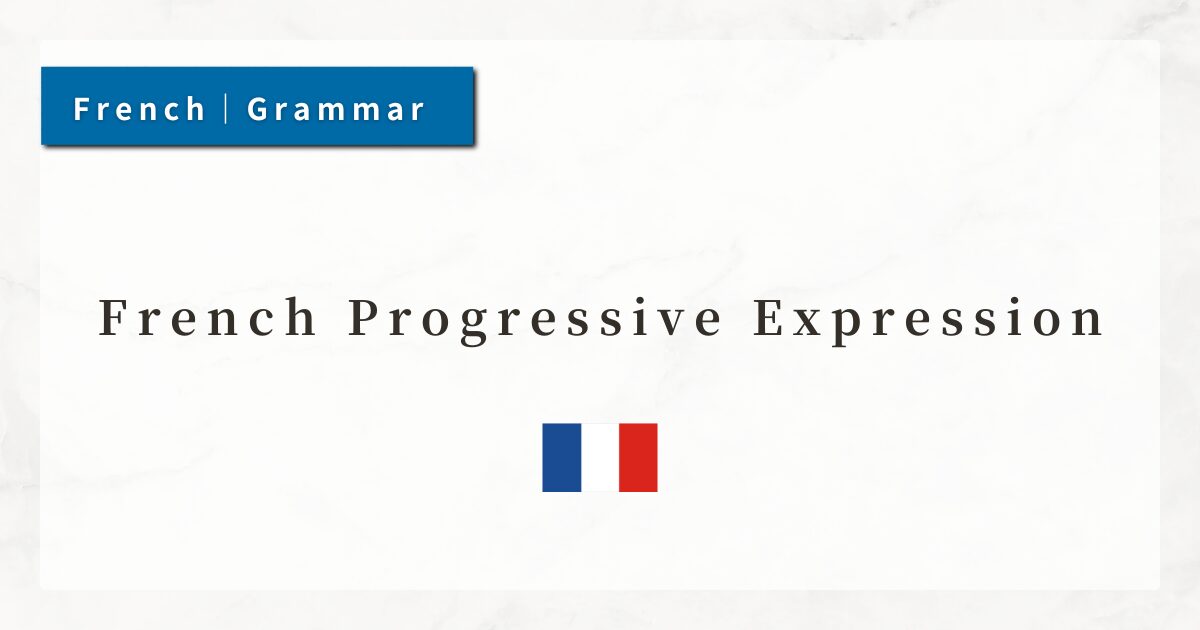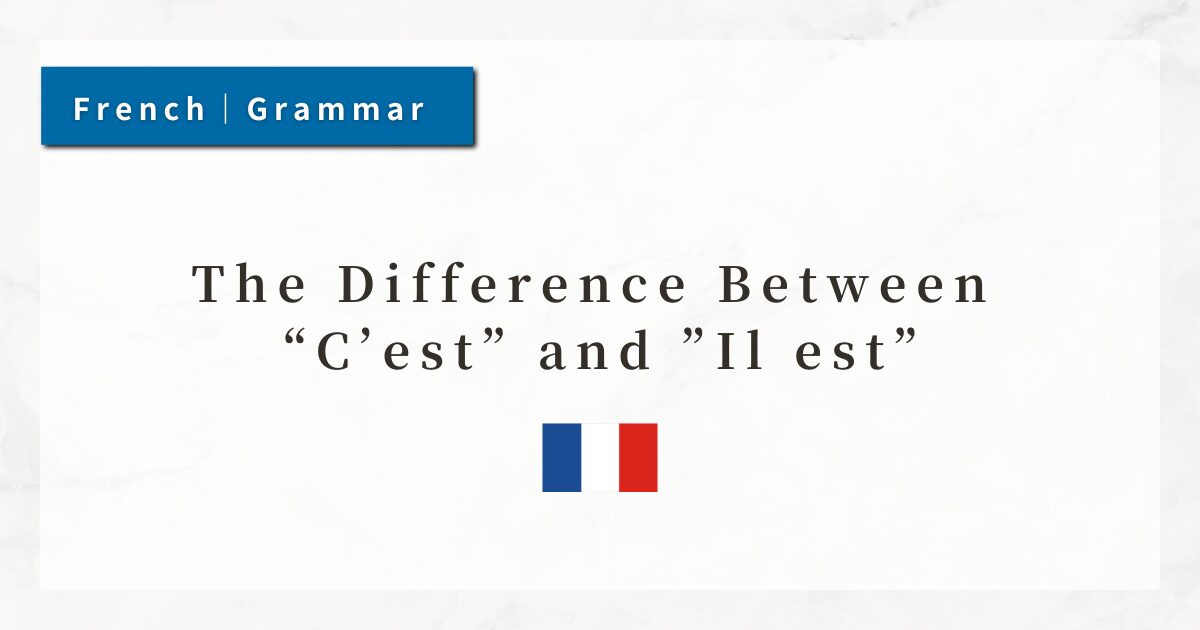#66 French Expressions of Emotion with the Subjunctive | Usage and Examples
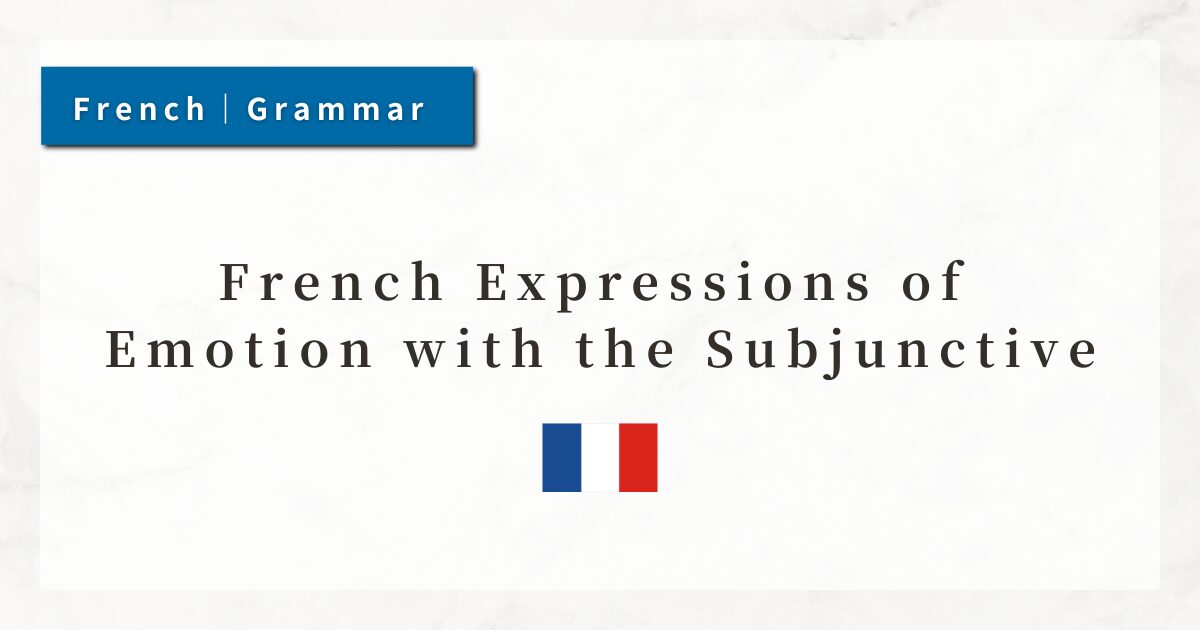
In French, emotions and feelings are often expressed with the structure “adjective + que + clause.”
A common form is “être + adjective of emotion + que”, which is used to convey joy, sadness, surprise, and many other feelings. Because this construction frequently requires the subjunctive, there are important grammatical points to consider.
This lesson explains the main sentence structures used to express emotions in French, along with practical examples.
1. Sentence Structure for Expressing Emotions
A common way to express emotions in French is the following pattern:
Subject + être + adjective of emotion + que + subject + verb
- Je suis content que tu sois là.
(I am happy that you are here.)
In this construction, the verb after “que” must generally be in the present subjunctive or the past subjunctive.
This is because emotion refers not to an objective fact but to the speaker’s subjective evaluation.
2. Why the Subjunctive Is Used
The subjunctive is required because emotion expresses the speaker’s attitude or feeling toward something, rather than stating an objective fact.
- Indicative (fact)
→ Tu es là.
(You are here.) - Subjunctive (emotion)
→ Je suis content que tu sois là.
(I am happy that you are here.)
The indicative reports facts, while the subjunctive expresses how the speaker feels about those facts.
3. Choice of Subjunctive Tense
If the emotion refers to something in the present or future, the present subjunctive is used.
- Je suis heureux qu’il vienne demain.
(I am happy that he is coming tomorrow.)
If the emotion refers to something that has already occurred, the past subjunctive is used.
- Je suis surpris qu’il ait oublié.
(I am surprised that he forgot.)
4. When the Subject Is the Same
If the subject of the emotion and the subject of the action are the same, the construction changes to “de + infinitive” rather than “que + subjunctive”.
- Je suis content d’être ici.
(I am happy to be here.)
Because the subject is the same, there is no need for two clauses; the infinitive makes the sentence more concise.
5. Common Adjectives of Emotion
Below are frequently used adjectives with this construction. When the subject is feminine, the adjective takes the feminine form (adding -e).
Joy / Satisfaction
- content(e) que
(happy that) - heureux / heureuse que
(glad that) - ravi(e) que
(delighted that)
Sadness / Regret
- triste que
(sad that) - désolé(e) que
(sorry that) - fâché(e) que
(angry that)
Surprise / Strong Reactions
- surpris(e) que
(surprised that) - étonné(e) que
(astonished that) - choqué(e) que
(shocked that)
6. Summary
- “être + adjective of emotion + que + subjunctive” is the basic pattern for expressing emotions.
- The subjunctive is used when describing subjective feelings rather than objective facts.
- If the subject is the same, replace “que + subjunctive” with “de + infinitive.”
- A wide range of emotional adjectives—from positive to negative—expand expressive power.
- Choice of subjunctive tense (present or past) changes the meaning.

